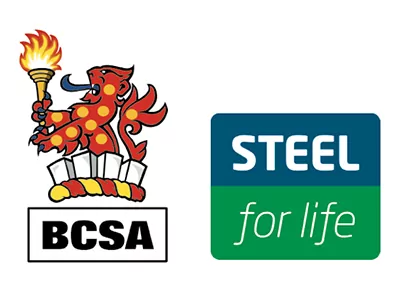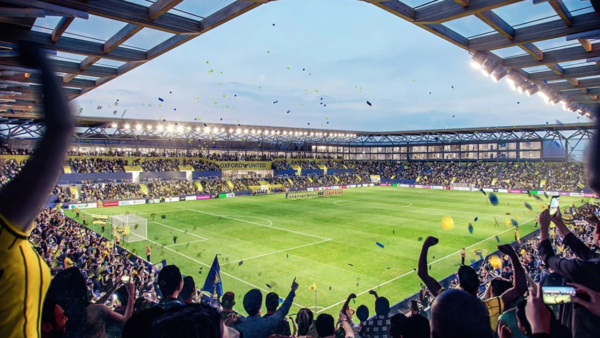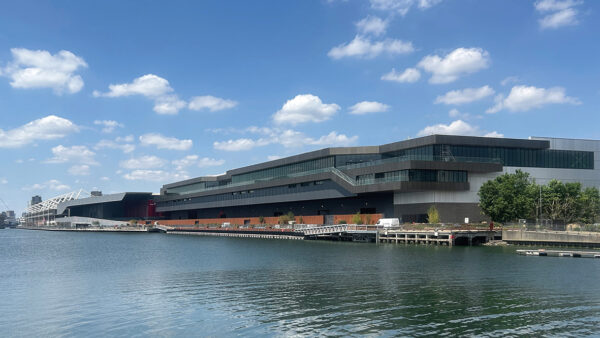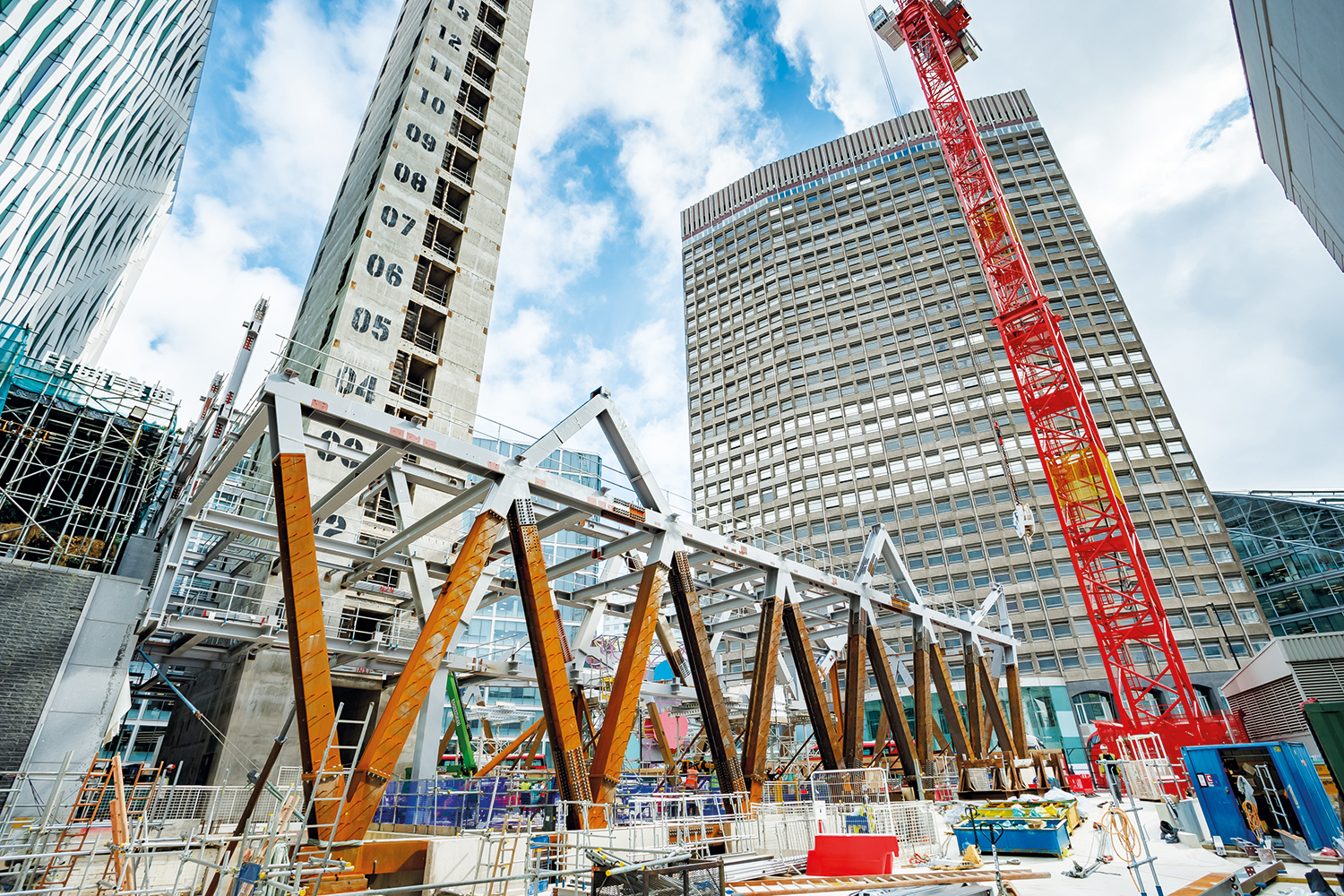
Located opposite London’s Victoria railway station, n2 Nova Evolved is an example of how engineering excellence can unlock value in heavily constrained sites without compromising quality and sustainability.
Award: n2 Nova Evolved, London
Architect Lynch Architects, Veretec
Structural engineer Robert Bird Group
Steelwork contractor William Hare
Main contractor Mace
Client Landsec
Built on a confined site, surrounded by busy roads and neighbouring properties, and with transport and water assets located beneath, the 17-storey n2 Nova Evolved commercial building has overcome numerous challenges during its construction.
Landsec project director Damien Bettles explains: “Built on one of London’s most bustling sites, this project could only be supported on a small number of large-diameter foundation piles positioned in between the subterranean assets.
“To overcome this challenge, the ground floor and first floor spaces are cleverly designed around a system of steelwork trusses, able to transfer the optimised commercial grid of the superstructure to the foundation piles. With spans of up to 45m, the use of steelwork for the truss system was key to delivering a sustainable design solution.”
Deep piles
As the space to install new foundations was very limited, the only option was to install a few very deep piles, with one of them as close as 1.5m from a London Underground tunnel. To achieve the required capacity, some of these piles had to be designed to reach almost 80m, which is said to make them the deepest piles in London.
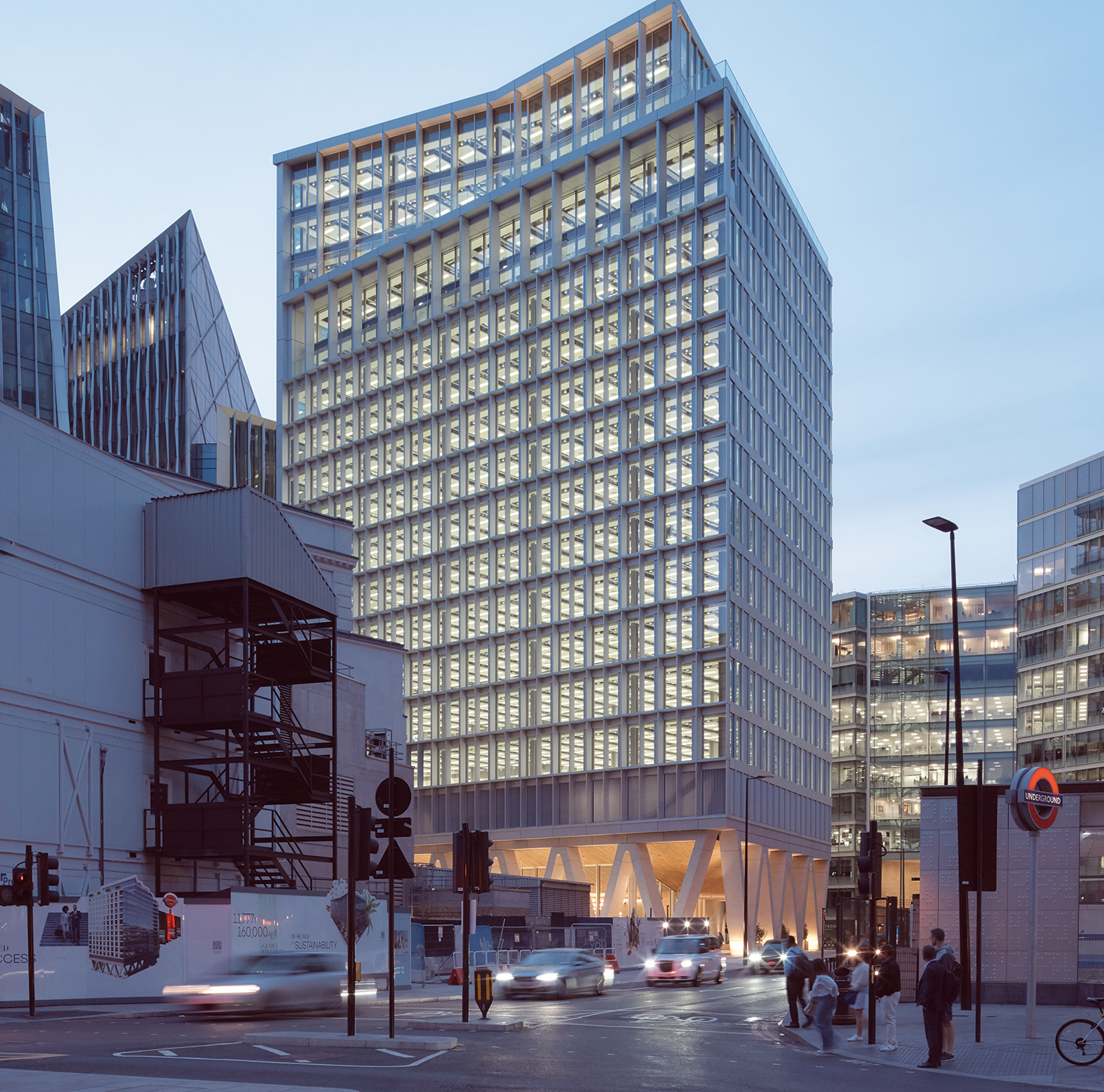
Structural steelwork starts at ground level, atop a concrete basement substructure. In total, eight trusses are positioned at the lower levels of the building. These not only form bridges between the pile locations but also create column-free spaces for the ground, first and second floors.
“We worked together with the client and architect to provide the optimum superstructure grid for the scheme. However, due to the presence of the assets below ground, we needed to design a series of internal and external trusses to transfer all superstructure loads down to the foundations,” says Robert Bird Group associate director Alejandro Cruz.
Positioned between the ground floor and level three, the trusses vary from single- to double-storey-height elements.
“A complex site with congested services restricted building supports to just a few points, resulting in steel trusses creating a distinctive double-height feature at ground floor. Secondary transfer trusses between first and second floors house the plant,
with the rest of the building free to create a unique, top-class office space.”
Three internal full-height trusses at level two span between the core and an eastern perimeter truss. These internal trusses were integrated with the plant room that is located at level one and level two.
Visible trusses
Probably the two most visible trusses are known as A and 6A. These form the main southern and eastern facades of the building. They both start at ground level and extend up to the underside of level two. Truss A measures 44m long and is 10m high and, like all of the trusses, it was fabricated from steel plate ranging in thickness from 25mm to 75mm.
A further five bridging trusses help to create the open-plan column-free spaces for the lower floors, while also supporting the columns for the upper levels.
Landsec is a signatory to SteelZero – a global initiative committed to driving the transition to a net zero global steel industry – and says it is encouraging steel producers to decarbonise steel production. Consequently, a proportion of the steel used on this scheme came from recycled sources.
“We’ve made a commitment to transition to 100% of our steel requirement to be net zero by 2050 and to transition 50% of our steel requirement to meet the SteelZero interim criteria by 2030,” says Bettles.
Produced by BCSA and Steel for Life in association with Construction Management
